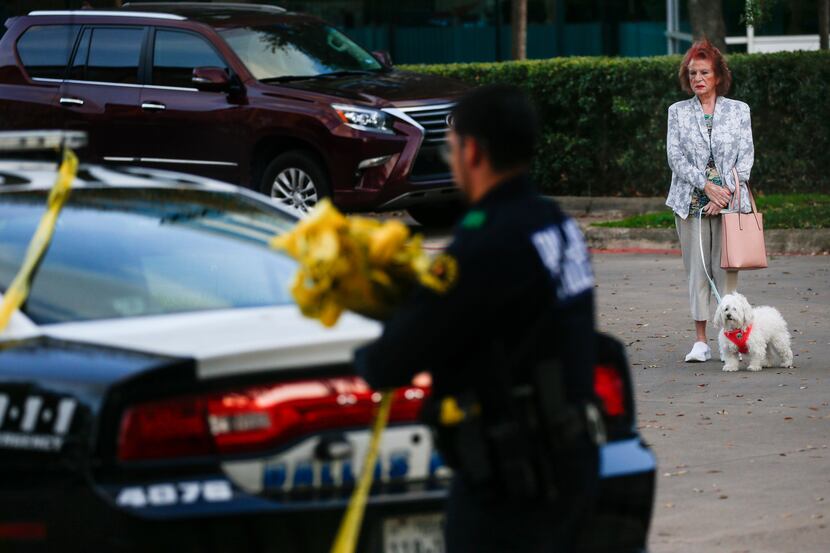Editor’s Note: In 2019, homicides in Dallas spiked to the highest level in more than a decade. This year, The Dallas Morning News is tracking the city’s homicides, exploring the impact on families and neighborhoods and examining the possible causes of the rise in violence. One in an occasional series.
Dallas came to a halt in March, but homicides did not.
Right before the coronavirus upended daily life, March got off to a violent start when two children and a 31-year-old woman were shot to death at the Staybridge Suites in North Dallas. Brittany Howard and the boys, Noah, 9, and Charles Schoenfeld II, 12, were victims of a murder-suicide on March 10. Police think the boys’ father, Charles Schoenfeld, 41, shot himself after killing them.
Five days later, 21-year-old Jennifer DeZarn was beaten to death near Highland Hills, a neighborhood in Oak Cliff.
The next day, Mohammad Mohammad, a 26-year-old homeless man, was bludgeoned to death with a rock while sleeping in a downtown elevator.
While some crime trended down in March, that wasn’t the case for homicides as there were 19 — three more than during the same month last year.
Compared with February, which saw nine deaths, homicides doubled in March. And the total nearly matched the 18 that Dallas saw in January.
Overall crime in Dallas following the stay-at-home order in March has been a mixed bag, with decreases in home and business robberies but spikes in violent assaults. According to police statistics, aggravated assaults in March were up 28.4% from the same period a year earlier.
Here are some things to know about homicides in Dallas:
Who were the victims in March?
March was marked by gun homicides and brutal beatings.
Most victims were men, but two were women. The homicidal violence happened from South Dallas to northwest Dallas and Far North Dallas. Nine victims were black, four were Hispanic and six were white.
The two boys killed in the triple murder were the month’s youngest victims. The oldest was Clarence Ross, a 51-year-old city employee who police say was beaten to death March 27 by a co-worker after the two got into an argument in Pleasant Grove while collecting brush and bulk trash.
Which patrol divisions saw the most homicides?
Officers responded to the most homicides in the Southeast patrol division, according to Dallas police statistics. The North Central division had the murder-suicide at the Staybridge Suites. The Southeast division responded to five killings in March.
What is violence looking like in Dallas?
Police Chief U. Reneé Hall told City Council members that the violent crime response team is busy issuing warrants to focus on gangs, drugs and guns.
Hall said in a briefing that arguments that escalate to violence have been an issue.
“Unfortunately we are challenged in our aggravated assault areas," she said in an April 15 council meeting. "These are our nonfatal shootings. Stabbings. Assaults with deadly weapons.”
How will the coronavirus pandemic affect crime?
Alex Piquero, a University of Texas at Dallas criminology professor, said other major cities have seen reductions in crime during lockdowns.
Piquero said what’s ahead is unprecedented as Dallas and the country navigate a public health crisis and the resulting economic downtown.
Short-term economic downturns historically haven’t led to big upticks in crime, he said. But long-term unemployment could.
Correction: 9:52 p.m. April 30: A previous version of this story said that officers had responded to the most homicides in the North Central and Southeast division. The Southeast had the most homicide reports.

